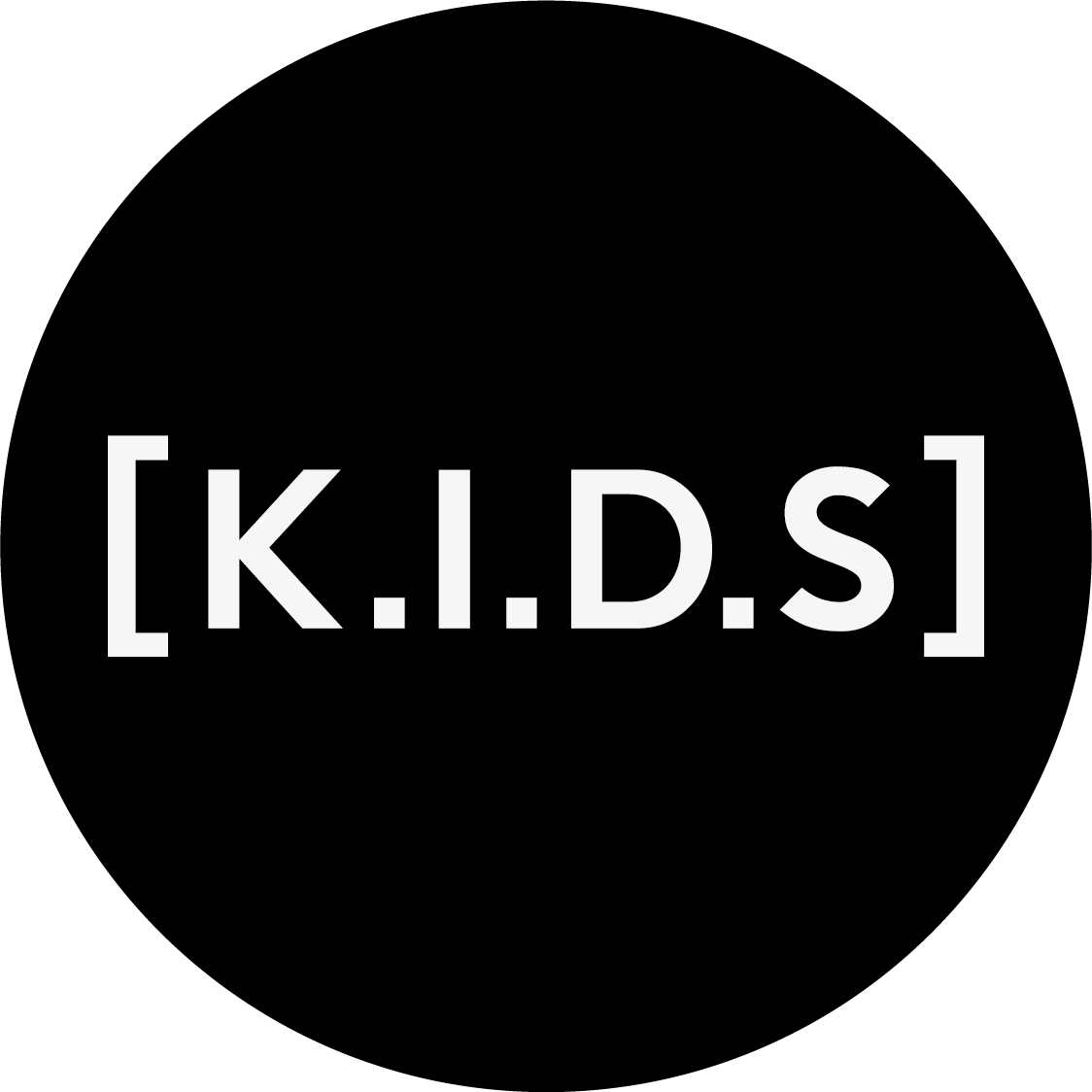Who is the course aimed at?
The course is aimed at anyone interested in designing childrenswear or who has a childrenswear brand and wants to learn how to trend forecast themselves but doesn’t have specific courses available to them or the time to commit to university offered courses. It is also beneficial to any university student on a fashion degree who wants to explore the subject in an intense focused one off course.
Trend forecasting and targeting your consumer are the most important considerations in the success of a brand. For smaller boutique and start up label’s the big-name trend publications and resources are financially out of reach. During this course, we aim to teach you how to predict and present your own trends as well as develop consumer profiles to make sure you understand who your customer is and more importantly target them correctly.
Cost and Timings:
The course costs £450 and is designed to be completed over 6 weeks. However, you are welcome to work on it ay your own pace with students completing in as little as 3 weeks and some taking up to 12.
The Course:
Prior to starting the course each student will choose a specific market sector within childrenswear and identify a brand (or their own brand) to focus the course on e.g. Childrenswear Denim for Levis, Childrenswear Swim for Vilberquin, Childrenswear Luxury for Gucci….
Students can approach the trend boards physically or digitally depending on their personal resources. The only thing you need is an internet connection and e mail.
Learning Outcomes:
- To understand the trend forecasting process
- Understand the importance of researching PESTEL and competitors
- To use successful methods of visual communication to compile trend boards.
- To compile consumer profiles specific to the brand you are targeting
- To create a trend forecasting publication to a professional/industry standard.
LESSON 1: Introduction to Trend
An introduction into ‘what is trend forecasting?’ and how important it is to be on trend as a brand/retailer.
- Forecasting tools and aids
- Trend resource’s
- What is PESTEL?
- Consumer Tribes
- Consumer Profiles
- Shop Reporting
- SWOT Analysis
- Seasons
TASK: Mini Shop Report and Trend analysis.
Students will be set a task to create a ‘Mini Shop Report’ carrying out research into 3/5 of their competitors and analysing their current trends, consumers, SWOT and colour palettes.
LESSON 2: Identifying Trends/Trend Prediction
We will now move on to look at what influences trends – how do you predict an upcoming trend?
- PESTEL influences
- Emerging Markets
- Consumer Trends
- Consumer Tribes
- Macro and Micro Trend (and their differences)
TASK: PESTEL Analysis & Trend Identification
Students will be set a task to create a visual PESTEL overview board summarising key trend influences.
LESSON 3: Translation into Trend Stories
Analysing the two-research tasks created previously (Mini Shop Report & PESTEL Analysis) We will look at how to translate these findings into 3 x Trend Stories.
- What is a trend board?
- Evaluating research
- Identifying a Key Trend
- Researching Imagery
- Trend board layouts
- Season
-I mage referencing
TASK:
Students will be set a task to create an image bank ready to start compiling their trend boards. These image banks should then be narrowed down to 5 – 10 images giving information on key shape, print and pattern, mood and colour
LESSON 4: Refining your Research
This lesson we will look at how to refine your research and select key imagery to transfer onto trend boards. We will consider the importance of keeping your research findings (e.g. the brand, the market & the consumer) in mind to get the best outcomes from our trends.
- Key Shapes
- Print & pattern
- Detailing
- Fabrics
- Colour Palettes
- The Consumer
- The Brand
- Visual Communication
-I mage referencing
TASK: Trend Boards
Analysing the two-research tasks created previously (Mini Shop Report & PESTEL Analysis) We will now translate these findings into 3 x Trend Stories. Students will begin to compile one of their trend boards covering influences for mood, key shape, colour and print and pattern.
LESSON 5: Finalising the Trends
We now make sure we have three separate trend stories each with a different concept giving range to our brand.
- Key Shapes
- Print & pattern
- Detailing
- Fabrics
- Colour Palettes
- Visual Communication
TASK: Trend Development
After discussing their first trend feedback with Emily – students will go onto finalising their three trends.
LESSON 6: Fabric Focus
One of the key parts of trend prediction is also taking into consideration fabrics and texture. In this lesson, we explore new fabric innovation and trends and look at compiling fabric focus boards to complement our trends.
Detailing
Texture
Fabric
Fabric Technology
TASK: Fabric Focus Boards
Compile fabric focus boards to compliment your trends boards.
LESSON 7: Consumer Profiling
It is vital that trends you are predicting will appeal to the consumers you are trying to target your brand/retailer at. As we finalise our trends we look more in depth at the consumers we are trying to target.
Target Customer
Consumer Profiling
TASK: Consumer Profiles
Compile a visual consumer profile board that targets each of our trends.
LESSON 8: How to use and brief out Trend
Being able to predict your own trends is a skill that makes your trend research specific to your brand. It also saves you a lot of money and makes your brand more individual an often helps you discover your unique selling point.. It is important that this information is translated in the easiest most visual method to your designer.
Designer briefing
Visual Communication
Brand USP’s
TASK: We investigate ways to collate all our work into an outcome with a cover page, introduction, trend boards and designer briefing.
Each student will receive written feedback on their overall outcome and a reference of recommendation according to their outcome and engagement on the course.
